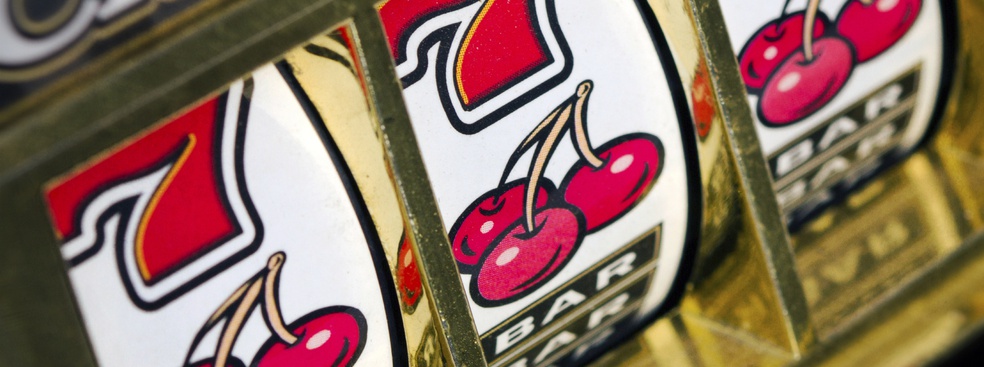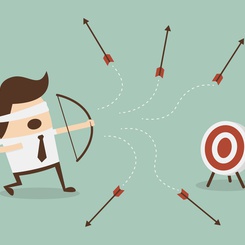What is a strategy? A company can’t do everything. Therefore, a strategy’s primary role is to answer three key questions:
- The “who”: Which customers are we addressing?
- The "what": What products or services do we offer?
- The "how": how do we organize ourselves to deliver these products and services to our customers?
If a company is not able to answer these three questions, it has no strategy. If it can, it has one. And if the company answers these questions correctly, it has a successful strategy ... however, a company will only know if their answers are correct in retrospect. A strategy is always a gamble.
Nespresso: an initial failure that turned into success
Take the example of Nespresso: Since this brand is currently enjoying a great deal of success, it’s easy to forget its strategic path nearly led it to failure. In the mid 1980s, Nespresso’s primary target customers were businesses and restaurants. Parent-company Nestlé has also established a joint venture with a Swiss partner to produce and market coffee machines and capsules. In 1988, this project’s growth had stalled and Nestlé management was seriously thinking of giving it the axe. It was at that moment that new CEO Jean-Paul Gaillard entered the scene. He brought new answers to those three strategic questions:
- The "who": rather than targeting businesses and restaurants, he targeted the private market;
- The "what": he placed his bets on the Nespresso coffee capsules, more efficient and closer to the heart of Nestlé’s core business: coffee-makers;
- The "how": rather than go through the usual retail channels, he decided to sell the capsules through a "Club" to which anyone purchasing a Nespresso coffee-maker would automatically become a member.
Today, Jean-Paul Gaillard strategy receives unanimous praise. But this was not always the case. Initially, he had to rely on his instincts ... even to the point of hiding the truth from his boss. As he recalled: "My proposal to target individuals rather than companies didn’t get the General Directorate of Nestlé on board. Even if I was not 100% sure that this strategy would work, I had a gut feeling it was the right thing to do. To convince my boss, I offered to test the strategy. We sold machines in five stores. My goal was to show that we could sell a hundred in a week. Meanwhile, we only sold fifty eight ... but I didn’t tell my boss! "
Why leaders avoid deciding on a strategy
A strategy is therefore a set of choices. Surprisingly, most leaders are reluctant to make these choices. When asked about their strategy, they put forward the objectives (like "becoming the leader in our industry") or they simply formalize what the company has done for years.
How can we explain this phenomenon? To succeed, a company must make choices that distinguish it from its competitors. The problem is, this always involves taking risks. A company that refuses to make choices is unlikely to achieve a brilliant success ... but it also minimizes the likelihood of a dismal failure. The most successful companies therefore have something in common with those who encounter a resounding failure: they have a strategy! In the first case, the choices they have made have proven to be the right ones. In the second case, they turned out to be wrong. Conversely, companies that are barely surviving rarely have a strategy...
In short, having a strategy increases the chances a company will find success ... or failure. Not having a strategy is the safest route to mediocre results... while avoiding disaster. Implicitly, this is the "choice" that many leaders make.
From the book: Libérer la compétitivité (Pearson, 2016)









